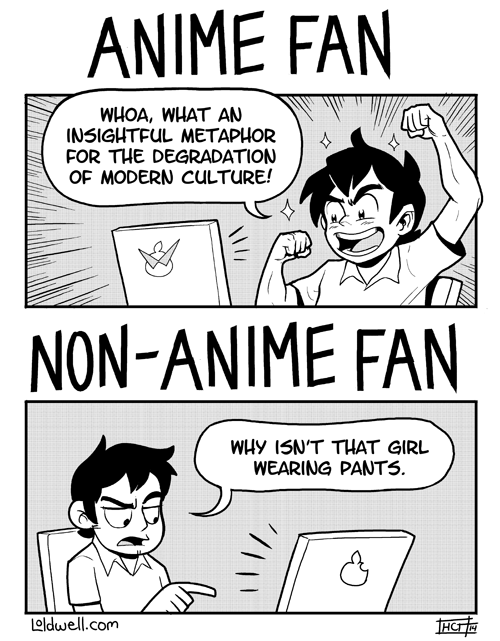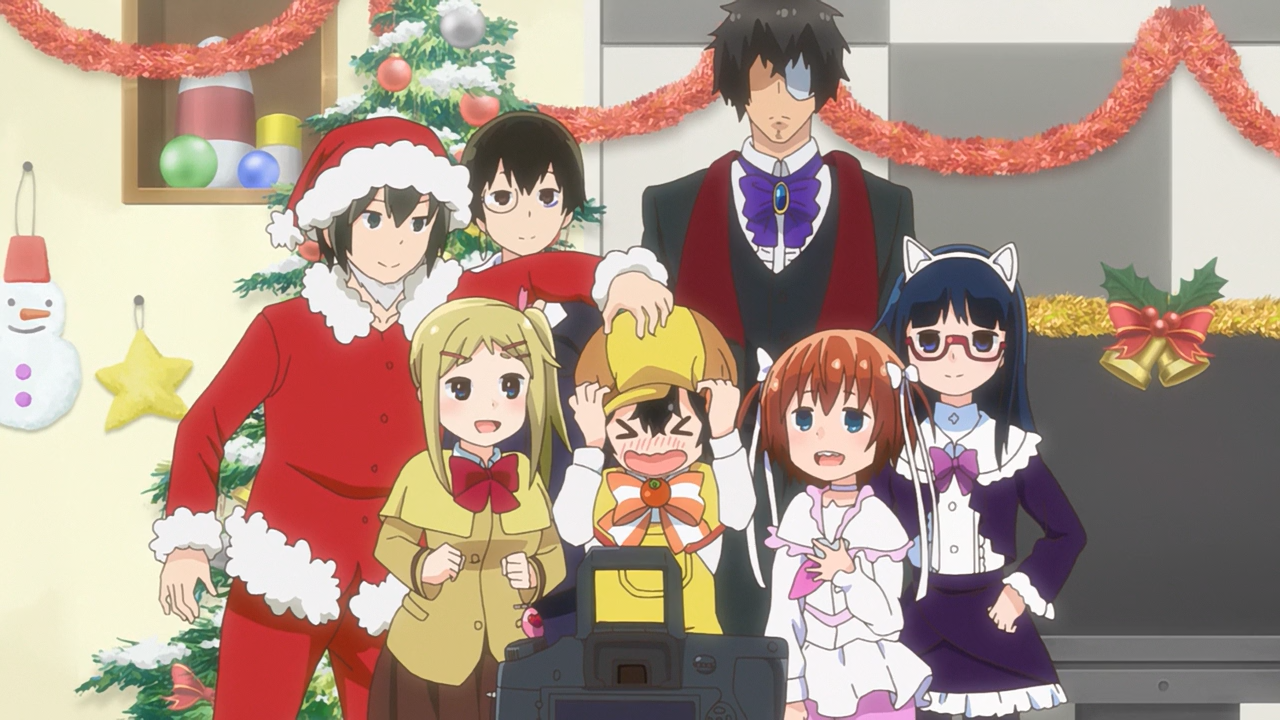The first thing I thought of when I watched Shirobako was my little sister. (Yes, the one I explained 2D crushes to once upon a summer.) It’s not just that both she and Aoi are beautiful young women with insane driving skills. It’s that they’ve both been firmly set on a goal since college and have devoted their daily lives to achieving it.
For my sister, that was becoming a lawyer. An English and Spanish double major in college, my sister is a great communicator who wanted to use her skills in the realm of labor law, where competency in both languages is necessary. This year, she graduated school, passed the bar, got a prestigious position at a world famous law firm. From the outside it looks as if she’s been simply blessed with good luck, when in reality enormous effort went into her successes. I watched my sister devote her life to school, internships, and exam studies for three years. And after all that, she’s still usually at the office until seven at night.
Meanwhile, Aoi has a job any anime fan would covet. She is working as a production assistant at a major anime studio, a career that sounds amazing on the outside. But just like being related to my sister has offered me a glimpse into just how difficult her job is, Shirobako pulls back the curtain to show us how our anime sausage is really made, with impossible deadlines, overworked animators, and one crisis after another. And let’s not forget about that infamous chart that shows just how underpaid Aoi and her friends are!
Both Aoi and my sister’s experiences parallel one underlying lesson—the difference between a dream and a goal is a lot of hard work.
For me, this was 2014’s greatest lesson. You see, it’s always been my dream to be a published author, and this year I wrote three books—one self published, two traditional. The first of these is already out; the second is the cosplay one I keep talking about.
Dreaming about writing a book was easy and fun. Turning it into an actionable goal made me want to die. With non-traditional publishing, I dumped a ton of my own money into the process. Traditional publishing wasn’t much better, as I was consistently paid months after I did the work (which I’m learning is normal for low profile authors). The flat rates I was paid were far from glamorous, and edit after edit and proof after proof got boring and tedious. Don’t get me wrong, I’m grateful I got to write books this year, but it wasn’t a walk in the park!
Aoi is living her dream life, but she still has moments when she’s close to tears in her frustration. Dreaming is easy. Living the dream, the show teaches us, is not.
Screenshot via Shirobako.
This post is the second installment of The Twelve Days Of Anime, a blogging series in which anime fans write about shows that inspired or impressed on them this year. For all the posts in this series, visit my table of contents.





